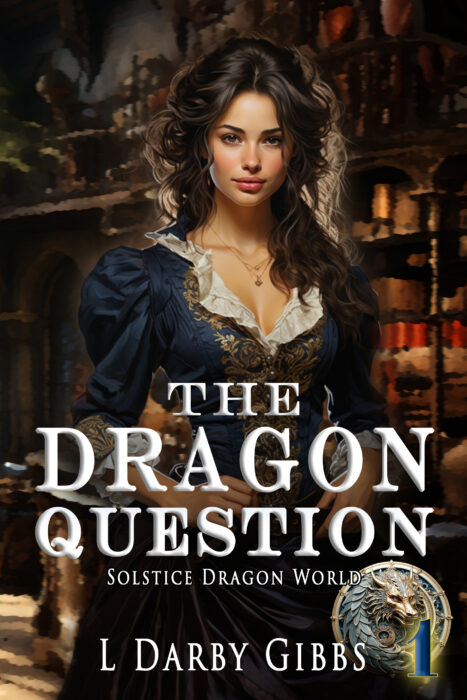Rules of Magic A couple of years ago, a fellow blogger and I discussed writing guest posts for each other. She writes in the combined fantasy/urban legend genre and hoped I could write a post about magic or how place contributes to a story. I decided to do it on how every story has rules,…
Tag: ideas
Talking the story into life Partner and group brainstorming: I use this technique in my creative writing class. We gather around the table and discuss ideas. After we settle on one, I step back and write down each plot point or character decision as they work through them and build a consensus. Now and then…
Organize the bits and pieces. I’m brushing my teeth and an image comes to mind. It’s intriguing, and I feel the need to race for my computer, but I have to get ready for work. There is no time to pursue this image and the possibilities it offers. So I head for the library catalog…
Be ready to pounce on the writing moment. So last week I blogged about how creativity can be dependent upon routine. I do use this to a degree during the summer months, but I am just as likely to use the capture mode. This is when you sit down to do one thing and inspiration…
Fame & Fortune, but at what cost? Using a tried and true narrative mode to set up a story, as mentioned in last week’s post, is quite useful. The Faust Legend is another popular format. If you are familiar with the old movie Oh God, then you have seen it used in the more modern…
